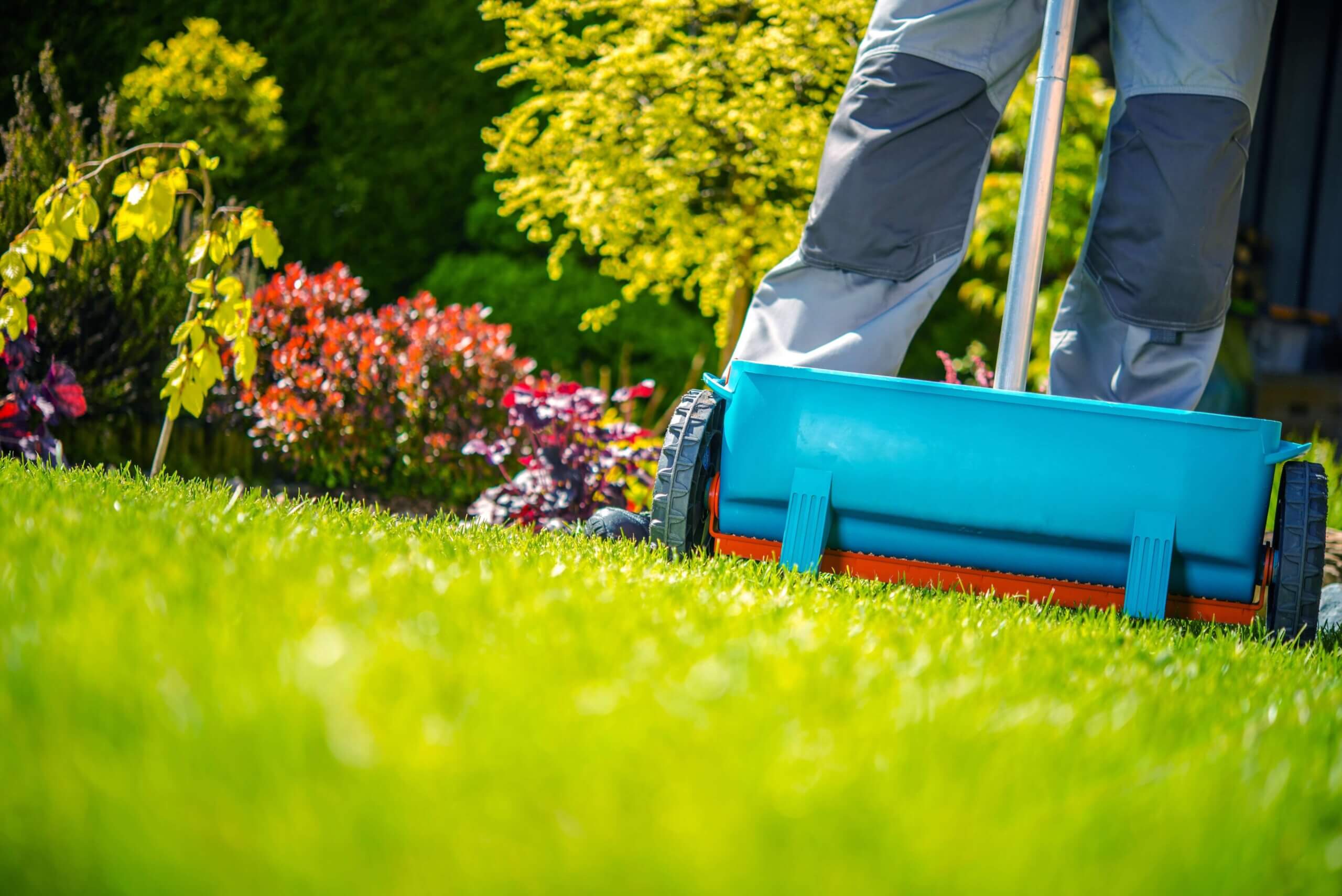
Florida Fertilization Recommendations for the Best Lawn
The secret behind a beautiful lawn is in what you do, and how you do it. Certain grass acclimates better and is better suited for certain climates. Nearly any grass can live and even thrive in virtually any climate, but only if it is installed, maintained, and fertilized properly.
Florida’s Climate Is Ideal For Most Sod Types
Many of the world’s most renowned golf courses are located in Florida, which highlights the beautiful and well-manicured grasses that thrive in Florida. While Florida is an ideal region for many sod types, like St. Augustine, Bimini, and Celebration Bermudagrass, having a great lawn will require more than just going out to buy sod.
A lot of work is required after you have sod installed in your lawn, sport’s field, or business complex. Beautiful yards are built, they don’t just happen on their own. Watering and fertilizing should be expected with any new sod project. However, the secret behind healthy, full, and aesthetically pleasing grass has more to do with the composition and science to the fertilization you use.
Different Types of Fertilizer
Although you may think all fertilizers do the same thing, they don’t. In fact, you can even do more damage than good by applying the wrong type of fertilizer. They all claim to do different things to your grass or sod. Some may be built to prevent weeds from growing, while others can act as nutrients to help absorb more sunlight or water.
You’ll want to make sure that your fertilizer has one of the following components: nitrogen, phosphorous, or potassium. Slow-releasing nitrogen tends to be the best for the Florida climate. Depending on your needs, we recommend a fertilizer that acts as an agent in helping maintain the appearance of your lawn or commercial business landscaping. While there isn’t a specific brand of fertilizer we recommend, learning the acidity of your lawn can help you find the best way to be responsible for your lawn.
The Fertilization Complex
The art of creating the perfect lawn is within the fertilization process. Fortunately, we don’t have to be responsible for understanding the chemistry behind creating great fertilizer. We only need to understand what it does, when to use it, and how it’s used. For example, If you are working with Bahia grass for grazing cattle, your fertilization protocol may look something like this:
- In order to obtain maximum fertilization efficiency, soil pH should be maintained at 5.5 or higher. If soil pH tests below 5.3 or lower, a lime requirement test will be conducted and a recommendation for lime application will be made. Optimal use of lime is to apply at least 3–6 months prior to fertilization to provide adequate time for the lime reaction to occur and the soil pH to adjust to the desired level.
If you happen to be working with Bermuda grass, the timing of when you should fertilize, and the stage of growth is crucial. The protocol calls for the following:
- When establishing new planting, at least 100lbs of fertilizer needs to be applied to your sod to get luscious, green grass. Apply 30lbs of fertilizer before it has emerged properly and as soon as plants have emerged. An additional 70lbs is needed the next 30-50 days later. On the other hand, if it’s grazed, you’ll want to apply 80lbs in early spring, and the remaining at mid-season.
Those are a few Standardized Fertilization Recommendations that lawn professional may use to develop the healthiest grass for their stocks. Testing levels and using chemistry to develop the right fertilizers isn’t something you are expected to do. That will fall on the shoulders of whoever is responsible for maintaining your lawn, fairway, and park. Have questions about when and what time of fertilizer to use, contact us to discuss your sod installation needs.
Sod Experts
Getting a great lawn, raising the best grass for livestock, or creating the perfect image for your business might be easier to achieve in Florida, but that doesn’t mean it still won’t require some work. To learn more about Florida Fertilization recommendations or to get help creating your perfect lawn,